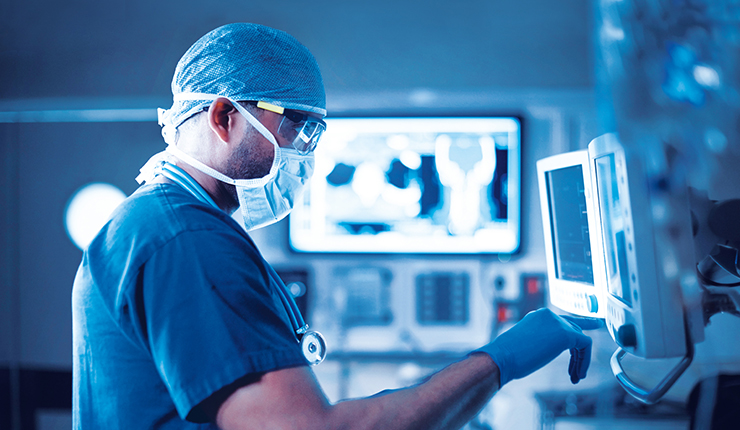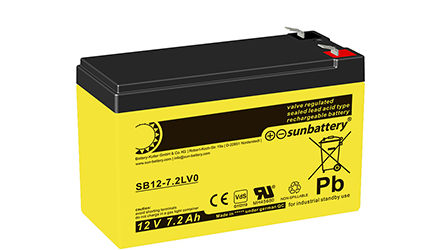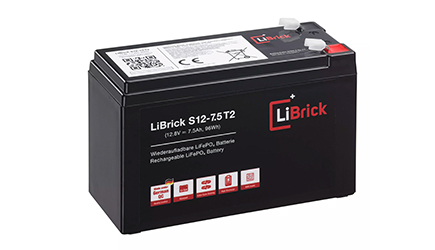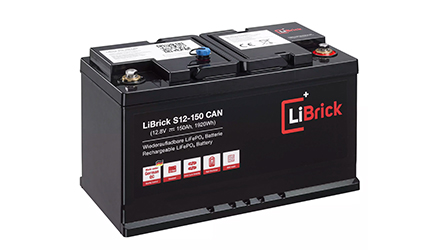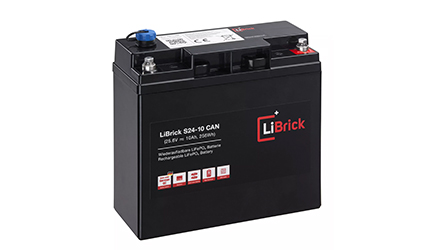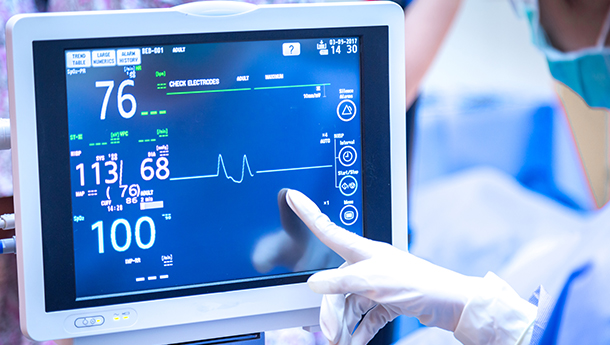
What requirements apply to rechargeable batteries for medical technology?
Rechargeable batteries used in medical devices must fulfil special requirements. These include, above all, a high level of safety and reliability. These special requirements are briefly summarized for you here:
- Reliable: Just like the medical device itself, the battery inside it must also be very reliable. There must be no sudden failures of the device and a permanent power supply must be guaranteed.
- Durable: Rechargeable batteries in medical technology must supply energy over a long period of time and should therefore be as durable and cycle-resistant as possible. This also reduces maintenance and therefore the time during which the device cannot be used.
- Stable and safe: In order to cope with everyday clinical and laboratory work and long-term use, rechargeable batteries for medical technology should be particularly stable. They must also be safe and protected against leakage and have a high level of operating safety.
- Biocompatible: As some rechargeable batteries are implanted into the body in the medical sector, they must be highly biocompatible so that there is no rejection reaction from the body. Of course, this does not apply to all medical rechargeable batteries.
- Certified: In order to be authorised to manufacture and supply rechargeable batteries for medical technology and medical devices, the manufacturing companies must be certified according to certain standards. These include ISO9001 certification.





